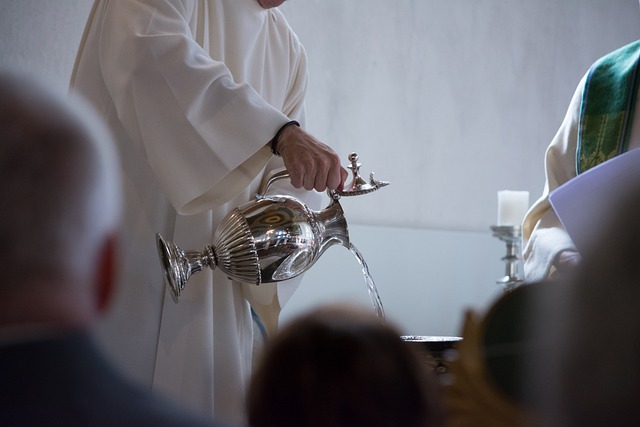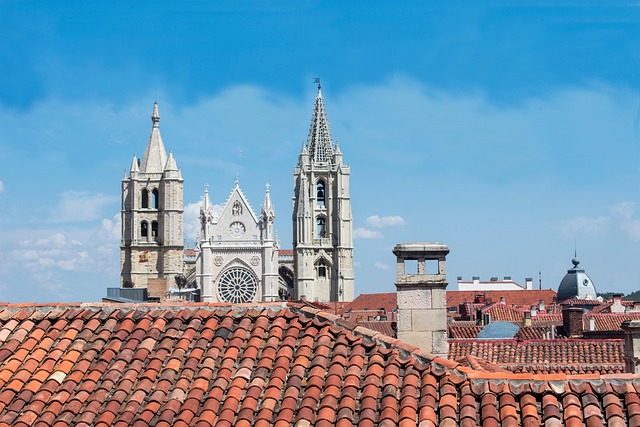Introduction
From whispered prayers at dawn to candlelit processions at dusk, the rhythms of religious life are woven into a tapestry of sacred moments. At the heart of these moments lies liturgical order—a carefully structured framework that gives form to devotion, guiding participants through a journey of faith, community, and transcendence.
The Architecture of Sacred Time
Every faith tradition shapes its own sense of the sacred through ritual patterns. Whether marking the seasons, commemorating holy events, or celebrating life’s milestones, liturgical order acts as the blueprint for these observances. It:
- Establishes a rhythm—meditative pauses punctuate action, allowing hearts to settle before moving on.
- Defines sacred space—processions, offerings, and prayers carve out places within time that are set apart.
- Channels collective memory—ancient melodies, repeated phrases, and symbolic gestures keep the heritage of the community alive.
Finding Unity in Repetition
Repetition is not mere habit; it is the soul’s echo. When worshippers speak the same words week after week, they weave individual experiences into a single tapestry of meaning. The liturgical order ensures that everyone, from the youngest child to the wisest elder, participates in a shared spiritual narrative.
- Familiar prayers offer solace in times of sorrow.
- Joyful hymns strengthen bonds during celebrations.
- Seasonal observances remind us that life is cyclical—growth and rest, loss and renewal.
Personal Devotion Within Communal Rhythm
While liturgical order emphasizes unity, it also leaves room for intimate connection. Within structured prayers and gestures, individuals can bring their personal hopes, fears, and gratitude. The interplay between communal ritual and personal devotion creates a dynamic space where the human and the divine meet.
Consider how a simple act—a lighting of a candle, the laying on of hands, or the breaking of bread—can become a profound encounter when placed within the cadence of centuries-old practice. Each gesture resonates not only with one’s own heart but also with countless others who have gone before.
A Living Tradition
Far from being static, liturgical order is a living tradition, adapting as communities grow, migrate, and interact with new cultures. Innovations—new musical settings, translations, or inclusive gestures—breathe fresh life into ancient forms, ensuring that the ritual remains accessible and meaningful.
- Intergenerational participation keeps the tradition vibrant, with elders passing on stories and younger members contributing energy and creativity.
- Cross-cultural influences enrich the ritual palette—incense from one region, chants from another, symbols woven together in a global chorus.
- Technology offers novel ways to connect, whether through streamed services or digital resources that help people learn and practice at home.
Embracing the Journey
To engage with liturgical order is to step into a river of faith that flows through time, an invitation to synchronize personal heartbeat with the collective pulse of a community. Each element—word, gesture, symbol—becomes an entry point into a deeper awareness of the sacred.
As you participate in your own religious rituals—whether in an ancient sanctuary or a humble home—notice how structure and spontaneity mingle. Allow the ordered sequence to draw you beyond yourself, opening your senses to the mystery that unfolds when humanity reaches toward the divine.



